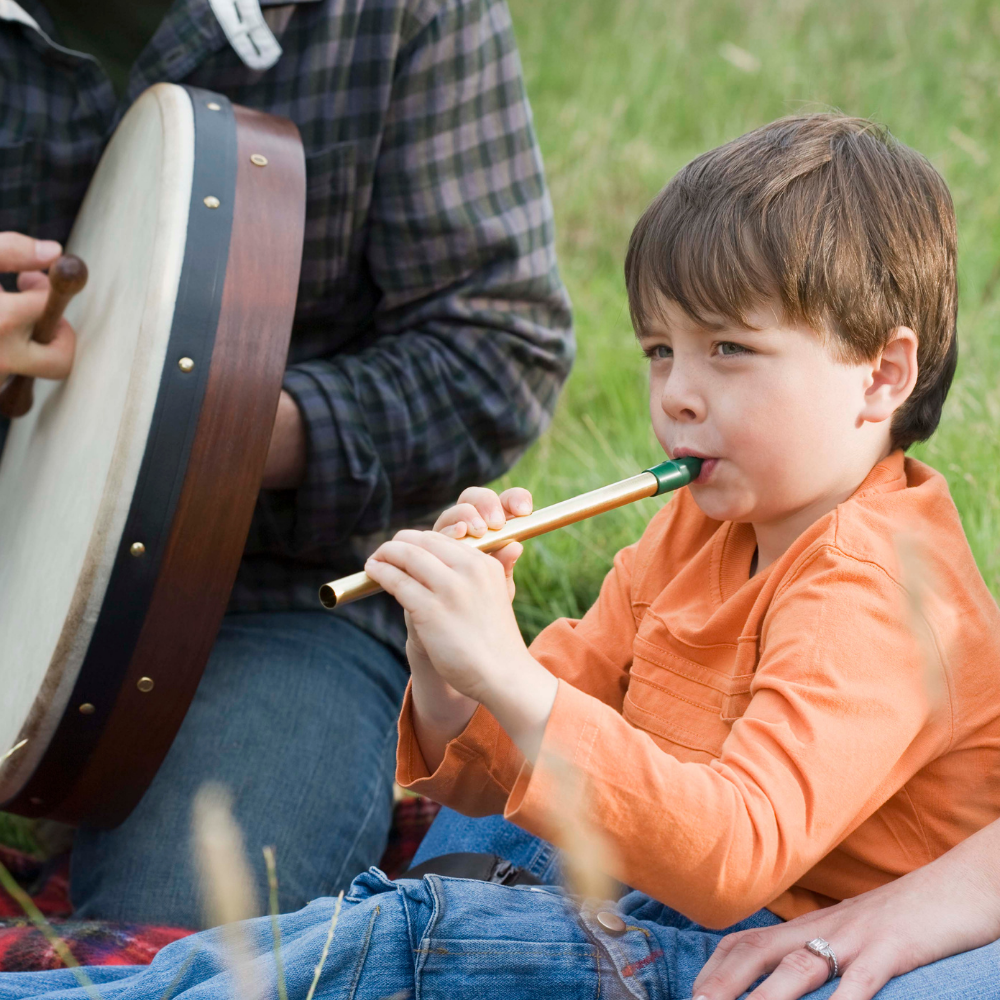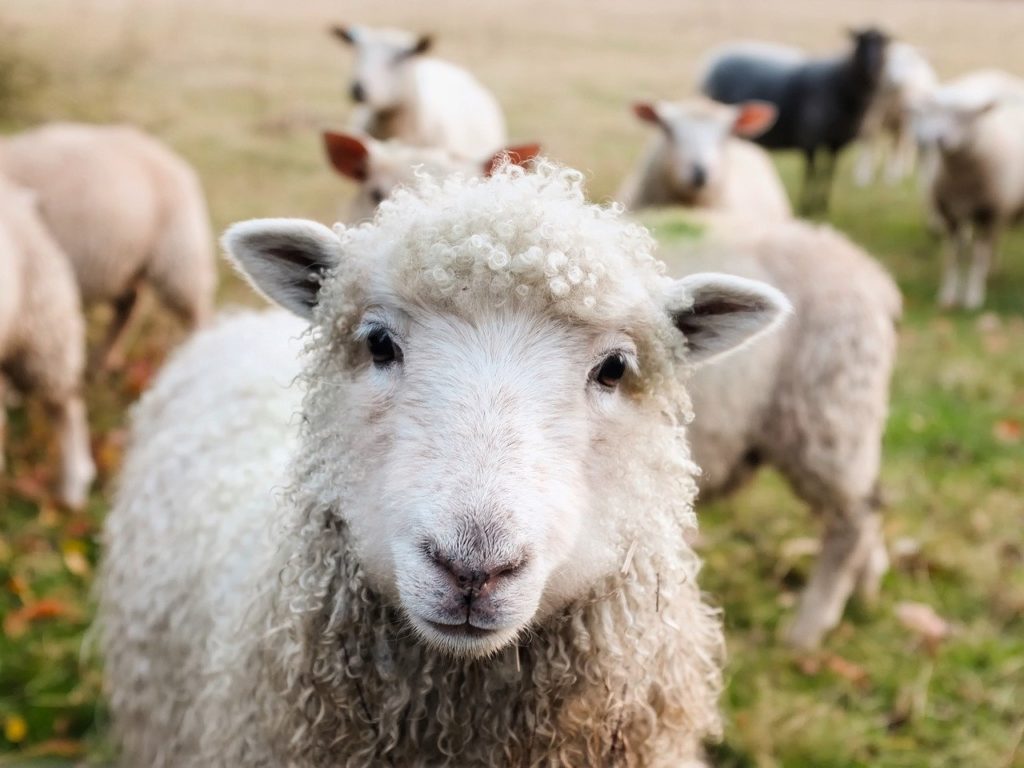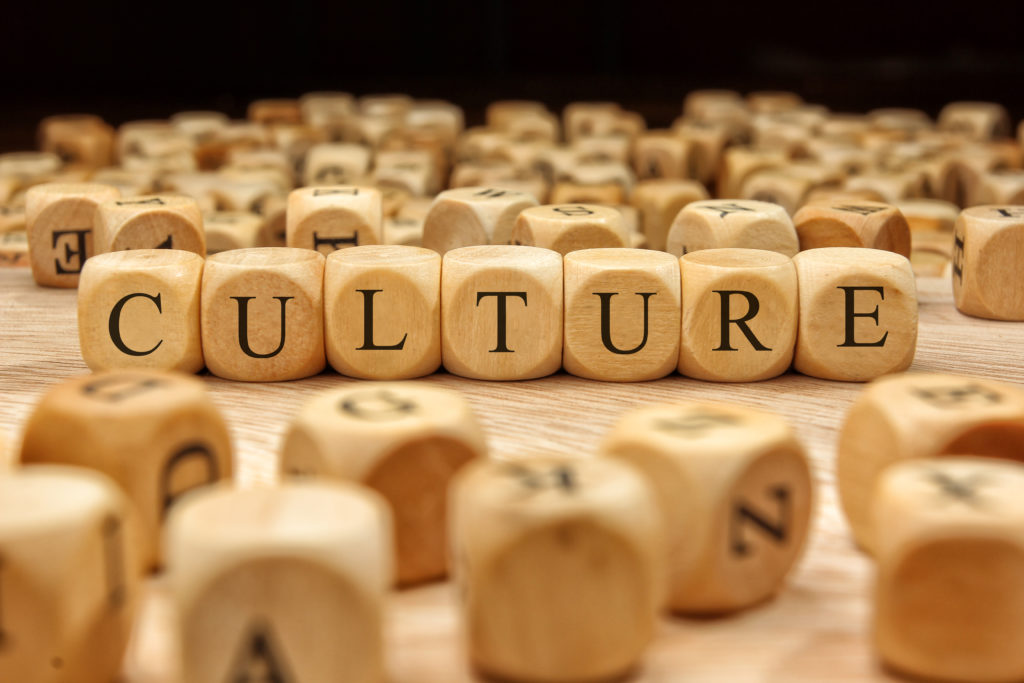
Irish traditional music is evolving and growing and has become ever more popular and important. Many people are familiar with the sound of the traditional fiddle tunes, the jig, or tunes on the tin whistle but people might easily confuse the Scotland bagpipes an Irish instrument known as uilleann Pipes but they, not the same instrument at all. In the Irish language, Píobaí uilleann is literally translated as ‘Bags of the elbow” in English language. The Scottish bagpipes work when the musician blows air into a mouthpiece whereas the uilleann pipes make a sound when the musician pumps air into a windbag with an arm motion.
Traditional Irish music is old-world instrumental written for Irish dance as well as vocals often for unaccompanied solos and over the years, traditional Irish lyrics were about telling the stories of events throughout Irish history, honoring fallen heroes, and exposing untold stories. The National instruments of Ireland are the Celtic harp (cláirseach), the uilleann pipes, and great Irish windpipes (píob mhór).
It is typical for many people to think about traditional Irish music as a group of ballad singers playing fiddles, tin whistles, and bodhran drums and these instruments are very popular today in Irish traditional and modern rock but things were not always this way.
The first known instruments of Ireland were the Celtic harp, a timpani (a stringed instrument, sort of like a guitar), a feadan (a whistle), a buinne (a flute), and a few other wind instruments. Most Irish music written for these instruments was played before recording or printing technology and many people claim these instruments are at the core foundations of Irish traditional music. There’s a history of wedding songs and sorrowful laments specifically written with these old instruments in mind. An Irish jig (a tune specifically written for dancing), has quite complicated melodies, transitioning back and forth between various instruments and allowing for timed group and solo foot-stomping. It’s easy to understand why people would want to jump up and dance to such enthusiastic deliberate dance tunes.
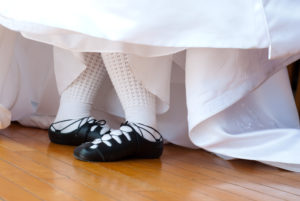
Irish music is known for its many casual social aspects as it offers musicians, dancers, and singers an opportunity to join in and participate in the magic of a spontaneous moment at events and social settings where people gather. In modern culture, music becomes mainstream from media exposure, however, the culture of Irish traditional music still breathes today in Ireland and in the extended global Irish culture since it’s a musical tradition rooted in real-time human experience that merges musical style with familiar tunes and verses.
The typical folk music we associate with Ireland was written about 200 years ago and in the 1960s, the guitar made its way into the Irish music scene and the banjo joined in around the 1920’s. The fiddle has been around Irish tradition since the 1200s and all these instruments combined in harmony along with many others are accepted as the folk music tradition of Ireland today.
It is common to find Irish music being played in people’s homes, restaurants, and this. This dates back to a time in Irish history when people were forbidden to play traditional music outside. To accommodate, the people turned into a local gathering which took place in people’s homes, and having the tin-whistle in a folk song can be what really ties it to Irish roots. Almost every home would have one and many musicians would carry this tiny instrument in their jacket pocket.
In the last 30 years, a number of international musicians and performers have promoted Irish traditional music for the world to enjoy. In a world where the musical traditions of particular counties seem to get lost in a sea of modern pop culture, the Irish musical tradition and critical elements of its song and dance tradition have evolved and is one of the most important and richest forms of music in the world and an extremely proud part of a young and modern Ireland today.
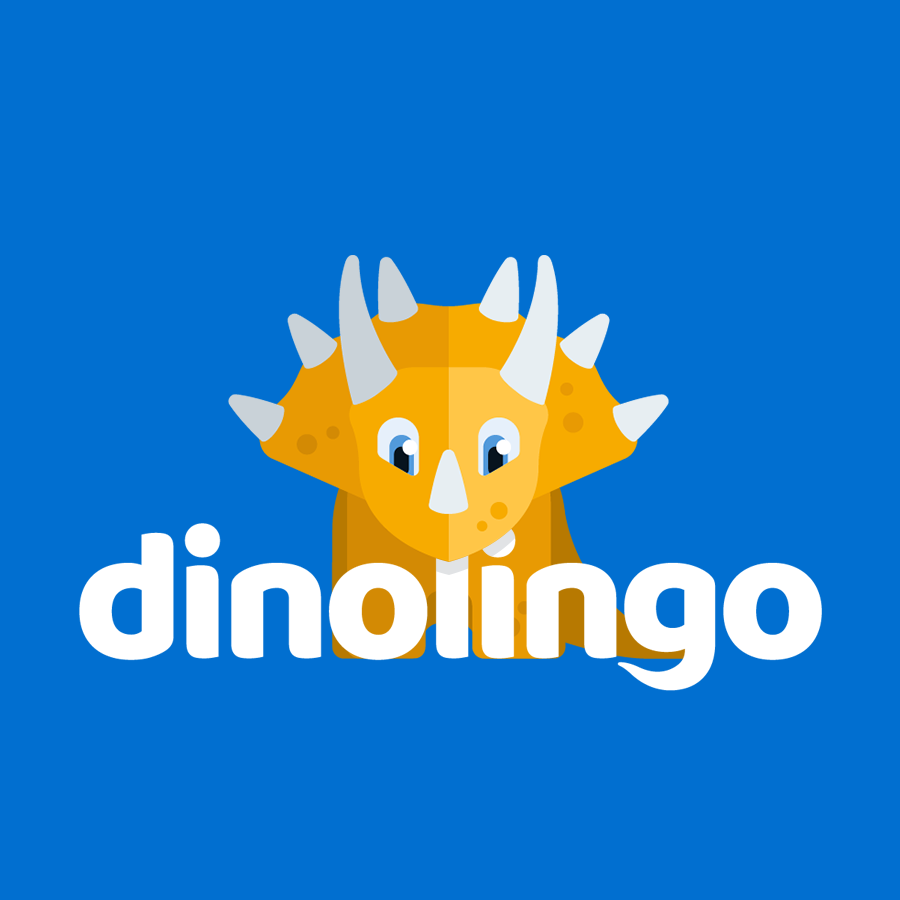
Online Irish lessons for kids: dinolingo.com
